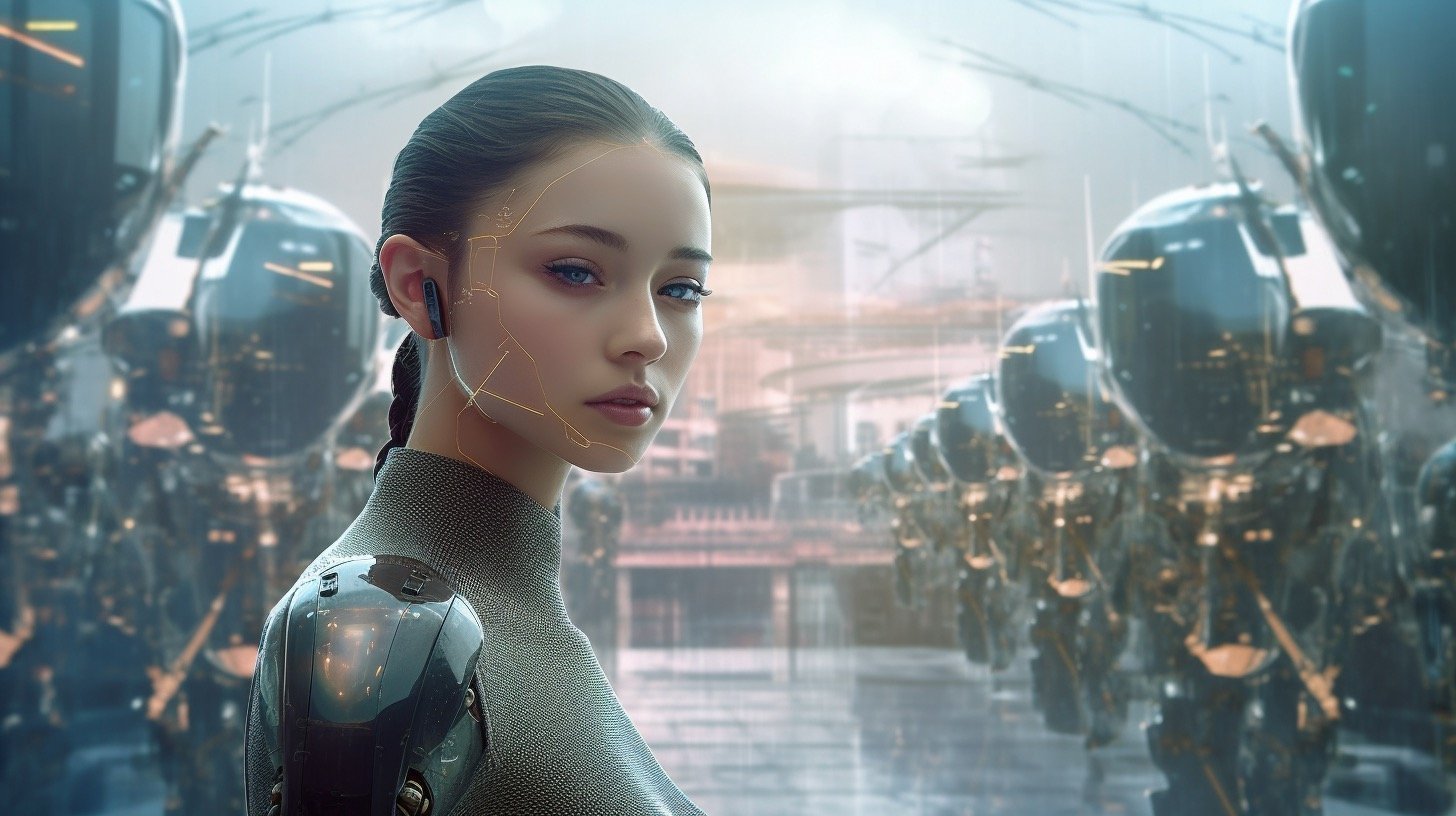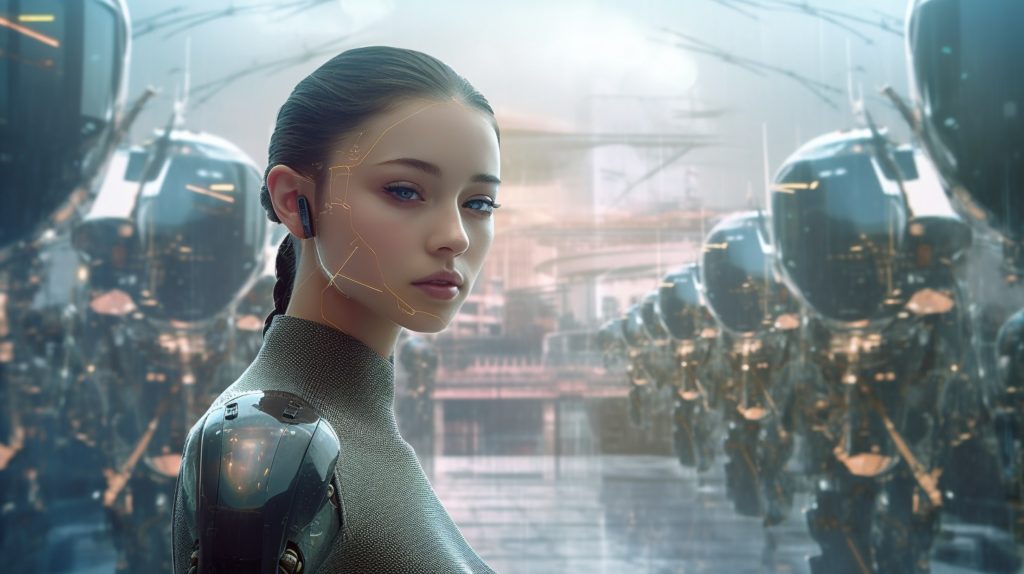
Several studies with this type of therapy are already underway or being planned worldwide.
An eleven-year-old boy who was born deaf can now hear thanks to a special gene therapy, according to American reports.
The boy from Morocco was the first person in the USA to receive gene therapy, which is still in the experimental stage, at a children’s hospital in the metropolis of Philadelphia on the East Coast, reported the New York Times, citing the hospital and the involved companies.
However, the therapy does not mean that the boy can now understand language and speak on his own: he may never be able to do so, the report said. According to the report, the brain has a window for language learning that starts from the second or third year of life. After the age of five, it closes forever.
According to the report, the eleven-year-old has a very rare genetic defect that affects about 200,000 people worldwide. A single mutated gene causes the deafness, which is replaced by an intact version during the therapy.
After completing several months of therapy, the eleven-year-old now has almost normal hearing, according to the New York Times.
Even if he cannot speak or understand speech, it could at least be useful for recognizing traffic or similar situations where he needs to pay attention to sounds. He can now also listen to music.
Several studies with this type of therapy are underway or planned worldwide, the report continues.
After the success with the eleven-year-old, scientists want to use the therapy on younger children. The inner ear is a small, enclosed space, so the gene therapy applied there does not affect cells in other parts of the body, Manny Simons, CEO of the involved company Akouos, told the New York Times.
According to the report, finding a suitable candidate was not easy for a specific reason: most babies born with this form of deafness receive cochlear implants in infancy to be able to hear and are then no longer eligible for such therapy trials.
The boy in question was not in a school in Morocco and learned sign language only in a special school in Barcelona after moving to Spain, according to the New York Times.







